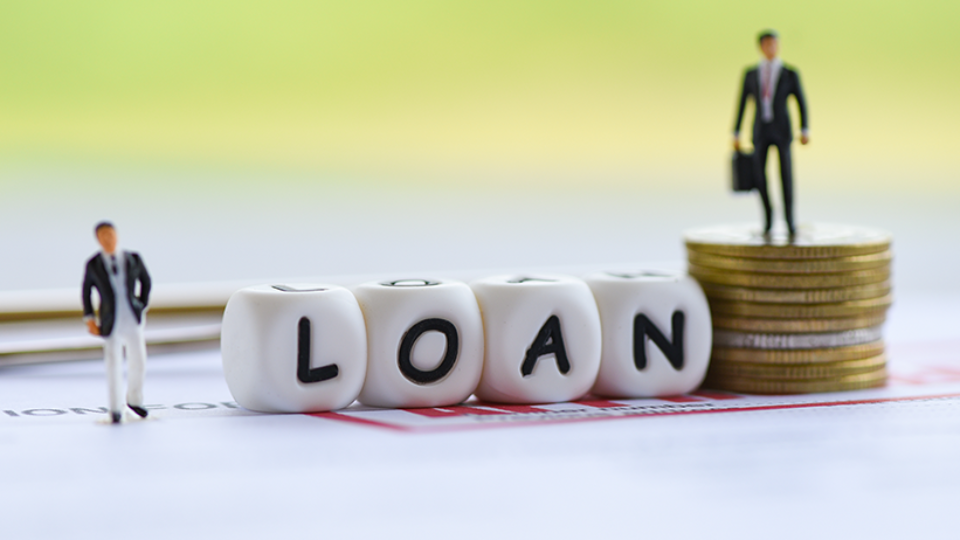When filling out your loan application and applying for a personal loan, rather any loan at all you will be asked to select whether you wish for your loan to have a fixed interest rate or a floating interest rate. Ideally, by the time you are filling out your loan application, you would have already considered whether a fixed or floating interest rate would be more suitable for you. Both types of interest rates have their own benefits and drawbacks, and the more appropriate type depends mostly on your current financial capabilities and the economic situation during the time you take out your loan.
What is an interest rate?
First things first, an interest rate is an amount of money charged by the lender as their service fee. In credit facilities (like loans, credit cards etc.), it would be the bank or financial institution who would charge the interest from the customer. In scenarios where the customer is lending their money to the bank or institution (like savings accounts, fixed deposits etc.) the customer would receive the interest payment.
.jpg)
What is a Fixed Interest Rate?
A fixed interest rate is the most common way of charging interest on loans and fixed deposits. It basically means that the going interest rate at the time of loan application will be applicable for the entire duration of the loan. For example, if the interest rate written on your loan application is 7% for 5 years, it will remain so for your loan no matter how many times the local interest rate changes during those 5 years. You will be paying a fixed instalment each month for the entire duration of your loan.
Benefits of Fixed Interest Rates
- Sense of security - no matter how volatile the economic situation is, your interest payments will be fixed
- Fixed payments - you will have to pay the same sum for the entire duration of the loan
- Helps in financial planning - as the interest payment is fixed for the entirety of the loan period, you will be able to plan your expenses better
Drawbacks of Fixed Interest Rates
- Neglects external environment changes - even if the economy is faring poorly, you will still be paying the same amount as you did at the time of getting the loan
- No room to save money - if the going interest rate goes down, you miss out on opportunities to save money on interest payments
What is a Floating Interest Rate?
In contrast to the above, a floating interest rate means that the interest rate applicable for your loan always depends on the current market and economic conditions at the time. Floating interest rates are calculated around a base rate set by each lender and everytime this changes, the interest rate applicable for your loan will automatically be revised. For example, everytime the bank changes its going interest base rate, the new interest rate will apply to your ongoing loan. This means that the amount of interest you pay is variable - sometimes more, sometimes less. Floating interest rates also tend to be a few percentage points less than the going fixed interest rates.
Benefits of Floating Interest Rates
- Lower than fixed interest rates - the going floating interest rates tend to be lower than the going fixed interest rates at the time
- Saved money - every time the interest rate drops, you can save money in interest payments as the new, lower interest rate will apply for as long as it is valid
- Accounts for environmental changes - interest rates tend to mirror the current economic situation
Drawbacks of Floating Interest Rates
- Uncertain - as the interest rates are always changing, the interest payments are not fixed and will change regularly (usually quarterly)
- Risk - there is a risk of being charged at very high interest rates
| Fixed Interest | Floating Interest |
| Comparatively higher | Lower than fixed interest rates |
| Unaffected by economic and market conditions | Entirely dependent on current economic and market conditions |
| Secure - allows for better financial planning | Uncertain - the monthly payable amount is frequently changing |
| Less risk | Higher risk |
| Suitable for short to medium term loans | More suitable for long-term loans (greater than 20 years) |
Should I select a fixed Interest rate or a floating Interest rate?
If you apply for a loan during a time when the interest rates are at an all-time high and you perceive a decrease in interest rates in the near future, it’s best to go for a floating interest rate. Inversely, if the going interest rates during loan application are relatively low and an increase is expected in the near future, it’s best to go for a fixed interest rate. If you are content with the amount of interest that you would be paying on your fixed interest loan and don't want any surprises, a fixed interest loan would be ideal rather than taking a gamble on interest rates potentially decreasing.
Can I convert between the two?
Most lenders allow you to change from a fixed interest to floating interest and vice versa. However, there will be a fee associated with this, possibly up to 2% or so of your entire loan value. This has the potential to be a large value so it’s best to make your decision at the offset. The only time you should think about switching plans is if the cost of switching is less than the amount of money you would be saving by switching to a new interest rate.







